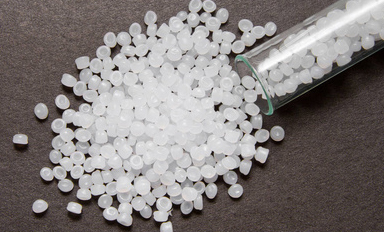Semiconductor chemical manufacturer: chemical properties of boron nitride
Boron nitride is a crystal composed of nitrogen atoms and boron atoms. The chemical composition is 43.6% boron and 56.4% nitrogen, with four different variants: hexagonal (hBN), rhombic (RBN), cubic boron nitride (CBN) and wurtzite boron nitride (WBN). Its cubic crystalline variant (wurtzite replacement shape of boron nitride) is considered to be a known very hard material. It is widely used in the manufacture of alloys, high temperature resistant materials, semiconductors, nuclear reactors, lubricants, etc.
We should know that there are four common crystal types in the category of boron nitride: ionic crystal, atomic crystal, molecular crystal and metal crystal. Ionic crystal is a topic composed of cations and anions combined by ionic bonds. All atoms in atomic crystal are a spatial network structure combined by covalent bonds. Molecular crystal is a solid substance formed by intermolecular forces. Metal crystal refers to metal elemental and alloy.

Boron nitride has great hardness, high temperature resistance of 2000 ℃, melting point of 3000 ℃ under nitrogen pressure, insoluble in cold water, slightly soluble in hot acid and so on. From the perspective of molecular structure, nitrogen atoms and boron atoms in BN are combined by covalent bond. To sum up, boron nitride is an atomic crystal.
Hexagonal boron nitride is a common stable phase, which is similar to graphite. It has only layered structure and can be used as high temperature lubricant. Cubic boron nitride is a superhard material with excellent damage resistance. Boron nitride belongs to atomic crystal. What boron nitride Du damages when melting is covalent bond. The force between particles defeated when the given material melts is different from that defeated when boron nitride melts.
Source: semiconductor chemical manufacturer www.sun-chem.cn
-
03-28
Circuit board chemical factory: detection of oxygen and nitrogen content in metal silicon powder
Metallic silicon powder, also known as crystalline silicon powder or industrial silicon powder, is mainly used as an additive for non-ferrous alloys. Silicon is the right and wrong metal element, which appears gray, has metal color, and is hard and brittle.Metal silicon powder is an importan
-
03-28
Semiconductor chemical manufacturer: what coupling agent is used to treat the surface hydroxyl of silica
White carbon black is a general term for white powder X- ray amorphous silica and silicate products. The first is silica gel, fumed silica and fine silica gel, and also consists of powdered aluminum silicate and calcium silicate. Silica is a porous material, and its composition can be shown by S
-
03-28
Guangdong chemical raw material wholesale: what is electrolytic manganese sheet
The production of electrolytic manganese sheet is in the form of tenon and mortise for the touch of aluminum strip and copper strip, the touch end of aluminum strip is tenon, and the corresponding receiving end of copper strip is mortise; It is also possible that the touch end of the copper head
-
03-28
Wholesale of chemical raw materials in Guangdong: what crystal does boron nitride belong to
What crystal does boron nitride belong to? Boron nitride belongs to atomic crystal, which is composed of nitrogen and boron atoms, also known as covalent crystal.The common type of boron nitride crystal is cubic boron nitride crystal. Because cubic boron nitride crystal has high hardness and